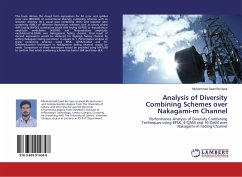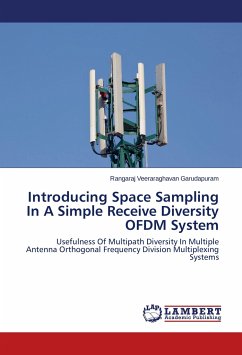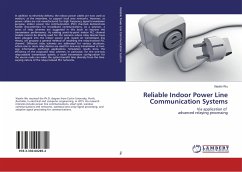Adaptive modulation and diversity combining represent very important adaptive solutions for future generations of wireless communication systems. Indeed, to improve the performance and the efficiency of these systems, these two techniques recently have been used jointly in new schemes named joint adaptive modulation and diversity combining (JAMDC) schemes. Considering the problem of finding lowcomplexity, bandwidth-efficient, and processing-power efficient transmission schemes for a downlink scenario and capitalizing on some of these recently proposed JAMDC schemes, we propose and analyze three fully joint adaptive modulation, diversity combining, and power control (FJAMDC) schemes. More specifically, the modulation constellation size, the number of combined diversity paths, and the needed power level are determined jointly to achieve the highest spectral efficiency with the lowest possible combining complexity, given the fading channel conditions and the required bit error rate (BER) performance. The performance of these three FJAMDC schemes is analyzed in terms of their spectral efficiency, processing power consumption, and error- rate performance.
Bitte wählen Sie Ihr Anliegen aus.
Rechnungen
Retourenschein anfordern
Bestellstatus
Storno








